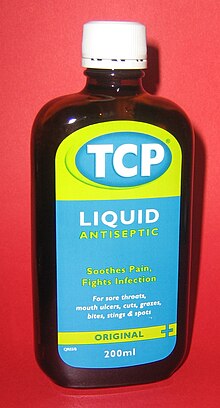An Ankoù
Landlord.
Here's some stuff in support of humble bleach:
https://murphyandson.co.uk/store/brewery-hygiene/140-holchem-sodium-hypochlorite-25-kgliquidhz.html
https://distripark.eu/blog/sodium-hypochlorite-or-sodium-hydroxide-for-disinfection-at-the-brewery
http://homebrewtechniques.com/getting-started/home-brewers-guide-to-cleaning-and-sanitising/
A good rinse with a solution of sodium metabisulphite afterwards will remove all traces of chlorine which might otherwise contaminate the beer.
https://murphyandson.co.uk/store/brewery-hygiene/140-holchem-sodium-hypochlorite-25-kgliquidhz.html
https://distripark.eu/blog/sodium-hypochlorite-or-sodium-hydroxide-for-disinfection-at-the-brewery
http://homebrewtechniques.com/getting-started/home-brewers-guide-to-cleaning-and-sanitising/
A good rinse with a solution of sodium metabisulphite afterwards will remove all traces of chlorine which might otherwise contaminate the beer.









































